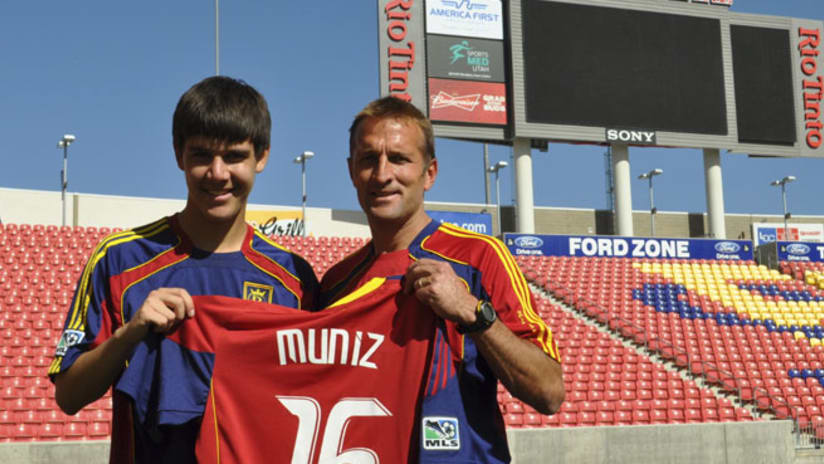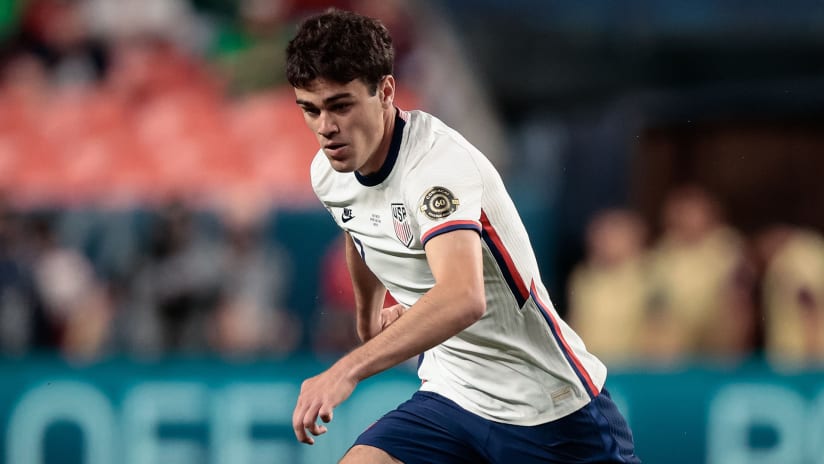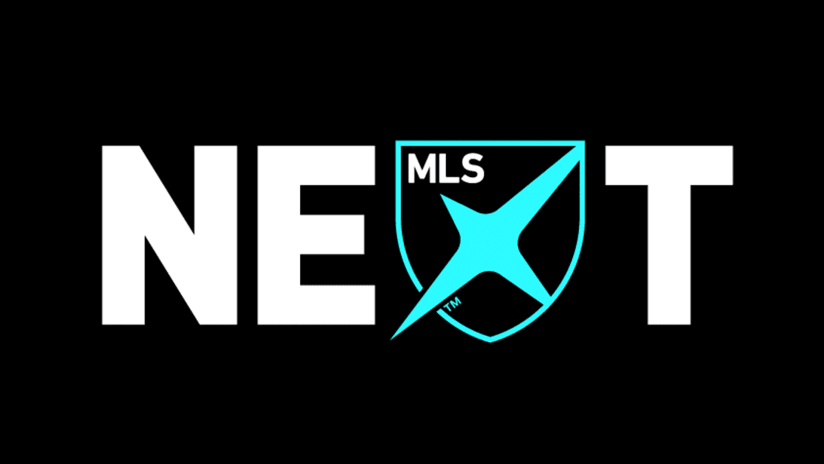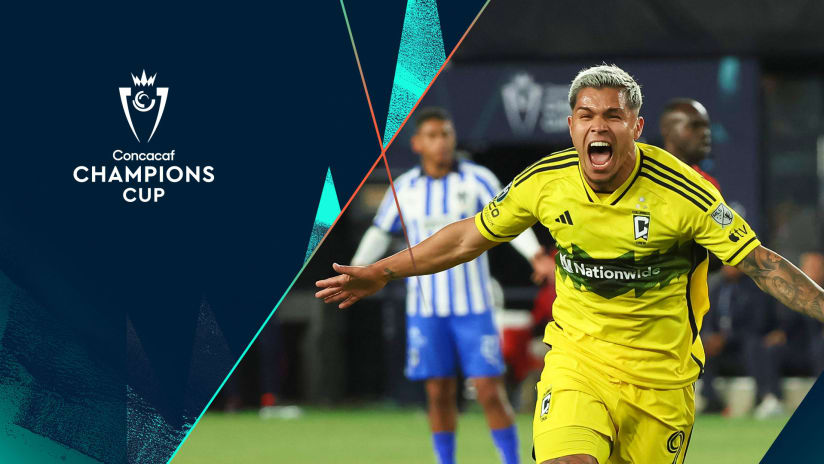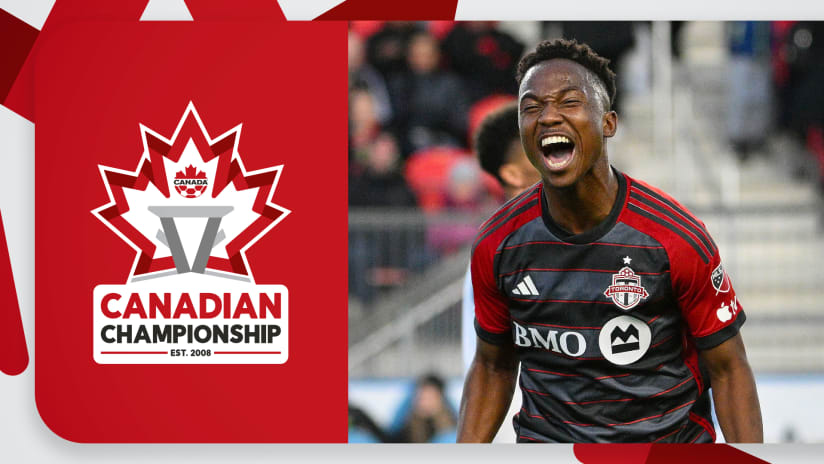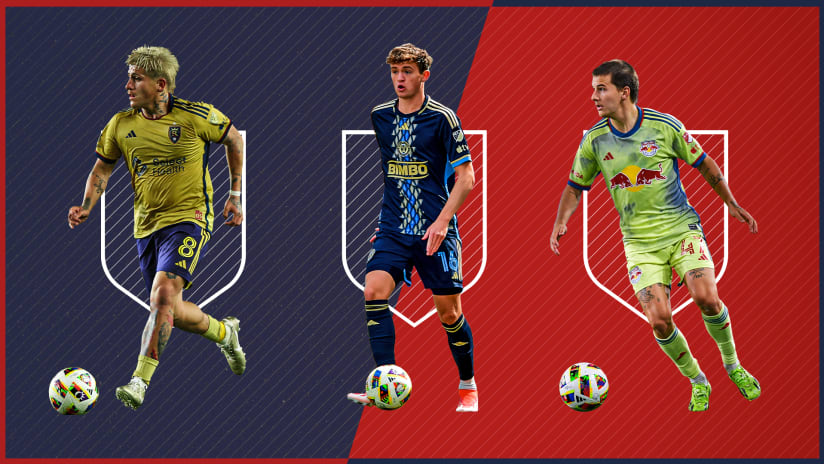This is a companion piece to senior editor Nick Firchau’s long-form story: "How Jose Villarreal explains the future of MLS youth development"
Garth Lagerwey sits in his office in Sandy, Utah, roughly 700 miles east of Los Angeles, and crunches the numbers.
As the general manager at Real Salt Lake, he’s played the “smallest market in MLS” card plenty of times before, but even Lagerwey has to shake his head at the challenge his team faces when it comes to competing with the LA Galaxy and other big-city clubs in Major League Soccer when it comes to youth development.
By his calculations, the area that Galaxy president Chris Klein and his scouts patrol every weekend has produced more than 300 players in the history of Major League Soccer, easily the most for any region in the country. In contrast, he figures, the region allotted to RSL by the development academy system – the states of Utah and Arizona – has produced a combined eight players in the history of the league.
Salt Lake City, for example, has produced just one player in the history of MLS in journeyman Justin Braun, who appeared in two games for RSL in 2012 before he was shipped to Toronto FC, his fourth team in five years in the league.
Although academy product Carlos Salcedo made his MLS debut for the club on May 4, RSL have struggled to find traction with their Homegrown players, and waved their first two signings – including Nico Muniz (above, with head coach Jason Kreis) – last year.
Major League Soccer
Youth Development Territories
Five MLS teams stick to the league's 75-mile radius rule to develop Homegrown talent for their academies (Chivas USA, Chicago, D.C. United, LA and San Jose), but a number of clubs operate under a different set of guidelines agreed upon by the club and MLS.
Colorado Rapids: The state of Colorado.
Columbus Crew: The state of Ohio.
FC Dallas: A 75-mile radius of the club’s training facility and all of Texas north of Dallas and Fort Worth.
Houston Dynamo: A 125-mile radius of the club’s training facility.
Montreal Impact: All of Canada excluding the provinces of British Columbia, Alberta, Saskatchewan and Manitoba, and a 50-mile radius of Toronto’s training facility.
New York Red Bulls: A 75-mile radius of the club's home stadium, excluding a 25-mile radius of the Philadelphia Union’s home stadium.
New England Revolution: A 75-mile radius of the club’s training facility, plus the state of Rhode Island.
Philadelphia Union: A 75-mile radius of the Union’s home stadium, excluding the state of Maryland and a 25-mile radius of the Red Bulls' home stadium.
Portland Timbers: The state of Oregon and Vancouver, Wash., and its environs.
Real Salt Lake: The states of Utah and Arizona.
Seattle Sounders: The state of Washington, excluding a 50-mile radius from Portland’s home stadium.
Sporting Kansas City: The states of Kansas, Missouri and Oklahoma.
Toronto FC: All of Canada, excluding the provinces of British Columbia, Alberta, Saskatchewan and Manitoba and Quebec.
Vancouver Whitecaps: All of Canada, excluding a 50-mile radius of Toronto’s training facility and the province of Quebec.
“I don’t want to come off as, ‘Woe is me,’” he says with a laugh, “but it feels like being small is definitely a disadvantage in this case.”
Lagerwey’s gripe revolves primarily around the guidelines for the youth development home territories for each team, which ultimately define which teams can chase which players.
First established for existing MLS teams when the U.S. Soccer Development Academy system was introduced in 2007 and then modified for each expansion team that has come into the league in the years since, the general rule of thumb for MLS teams in the United States is simple. Each team can scout players exclusively within a 75-mile radius of their home training facility.
There are, of course, exceptions (see table at right). The Galaxy and Chivas USA, for example, share the same 75-mile radius in Los Angeles, while the New York Red Bulls and Philadelphia Union share a portion of New Jersey that overlaps into both teams’ territories.
Some teams own the rights to their entire home state. Sporting Kansas City rule over Kansas, Missouri and Oklahoma. In Canada, the Vancouver Whitecaps can recruit throughout every province other than Quebec, or within a 50-mile radius of Toronto FC’s training facility.
Lagerwey and RSL are one of the few teams who own the rights to players in multiple states, in an attempt to level the playing field against some of the larger markets. But there’s a unique challenge for RSL, who instead of building their academy’s training facility in Salt Lake City (the league’s smallest market by population), opted to plant their flag at a state-of-the-art residence academy outside of Phoenix, the sixth-largest city in the country.
But with the senior team training in the Salt Lake City suburbs and their academy players roughly 700 miles away in the remote desert town of Casa Grande, Ariz., there’s little opportunity for game nights spent at Rio Tinto like the Galaxy’s young players, and synergy becomes a far tougher task.
And while the club is exploring the option of building a Utah-based academy to help solve that problem, it won’t come cheaply.
“Our starting point is below LA’s,” Lagerway says. “And I’d say significantly so.”
MLS has made concessions to the smaller market teams in the form of non-home territory exceptions, which allow any team to go outside of its market to scout and sign young players (at right). Each team is limited to a certain number of exceptions based on their home market size, and the number of exceptions will increase for the majority of teams in 2014.
Real Salt Lake, for example, can sign up to five players outside of their territory across the academy’s age groups, and will have the opportunity to sign as many as eight beginning next year. LA and the other big markets – New York, Chivas USA, Chicago and Philadelphia – each have two exceptions, and won’t see an increase next year.
But are five or even eight out-of-territory players enough to compensate for such a dearth of comparable talent in Salt Lake City, or even Phoenix?
<strong>Territory Exceptions</strong> - <strong>2013</strong> |
|
NY, LA, CHV, CHI, PHI |
2 |
DAL, DC, HOU, NE, SEA, SJ, TOR |
3 |
MTL |
4 |
CLB, COL, SKC, RSL, VAN, POR |
5 |
“From my perspective, one of the things that would help us is either more exceptions, or even having a system where there aren’t exceptions, but you can recruit from anywhere,” Lagerwey says. “You can keep your home territory, but you can bring in as many players as you want to your youth teams.”
That free-market model, however, will likely never come to pass, for at least two reasons.
<strong>Territory Exceptions</strong> - <strong>2014</strong> |
|
NY, LA, CHV, CHI, PHI |
2 |
DAL, DC, HOU, NE, SEA, SJ, TOR |
4 |
MTL |
6 |
CLB, COL, SKC, RSL, VAN, POR |
8 |
MLS’ stance has long been in favor of its teams developing local talent instead of having free reign over the US and Canada, creating a scouting competition among clubs that would likely drive costs up and could separate the haves from the have-nots even more than the current system does now.
And there’s a pragmatic portion of MLS owners still primarily focused on what they see as the real bottom line in the league: return on investment. With the development academies still fledgling at a number of clubs and a wealth of Homegrown players yet to make a real impact on the first team, it can be a tough sell to ask an owner to pay more to recruit out-of-territory players when the in-state recruits haven’t helped sell any more tickets.
Reluctant owners’ thoughts might change as Homegrown players make a larger impression on the league in the coming years, but the system in place is here to stay for now, leaving a small market club like RSL lagging behind in a race for the future of the league.

